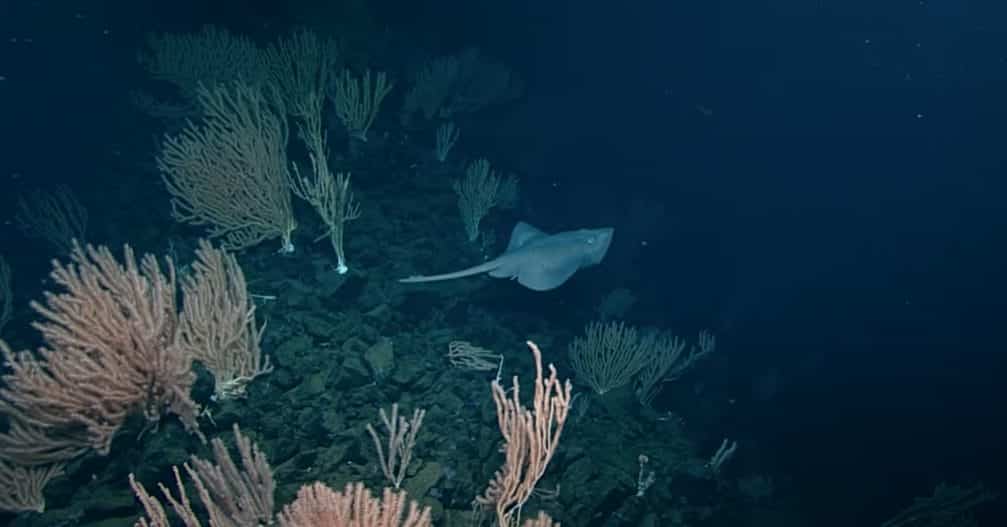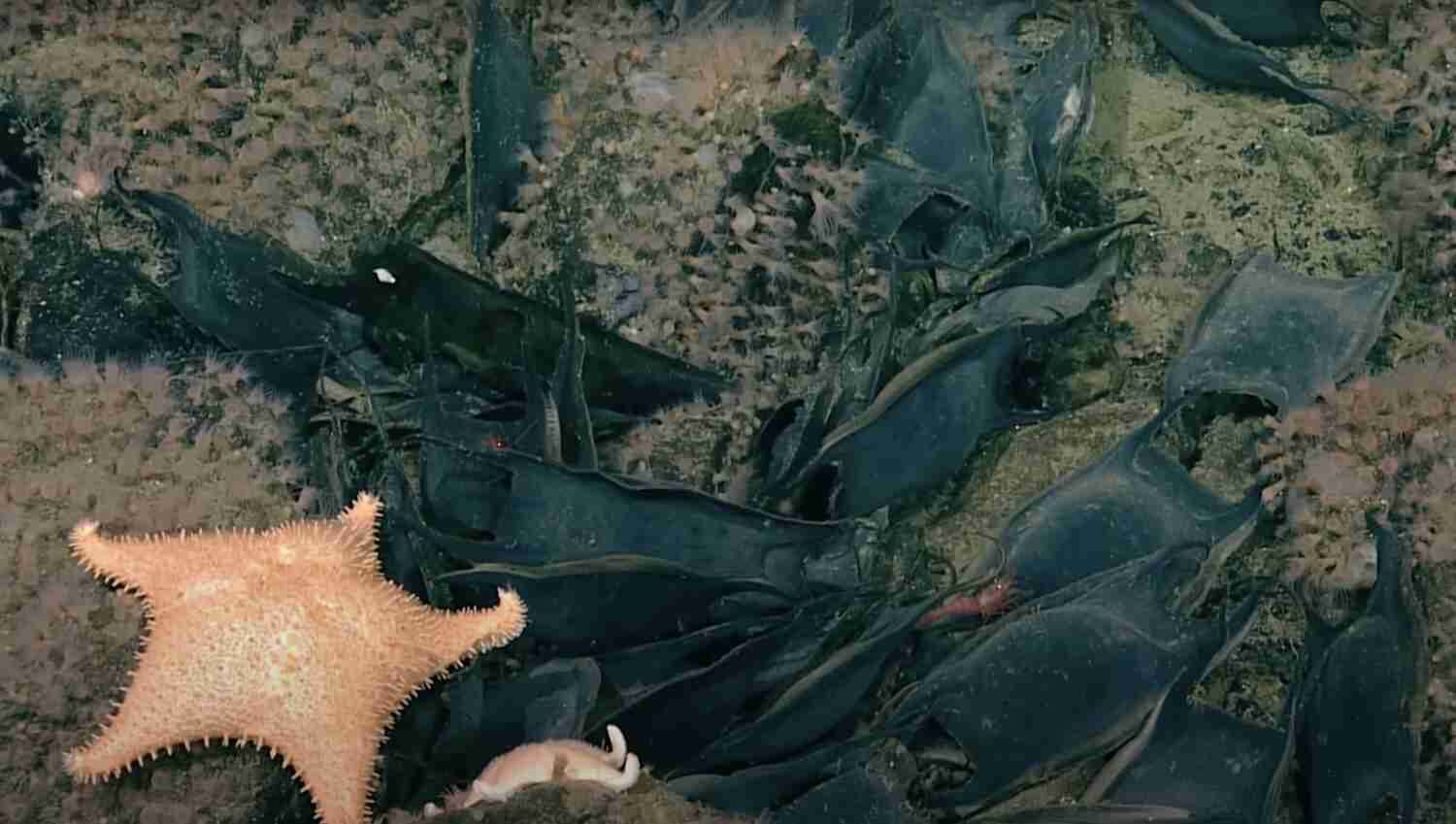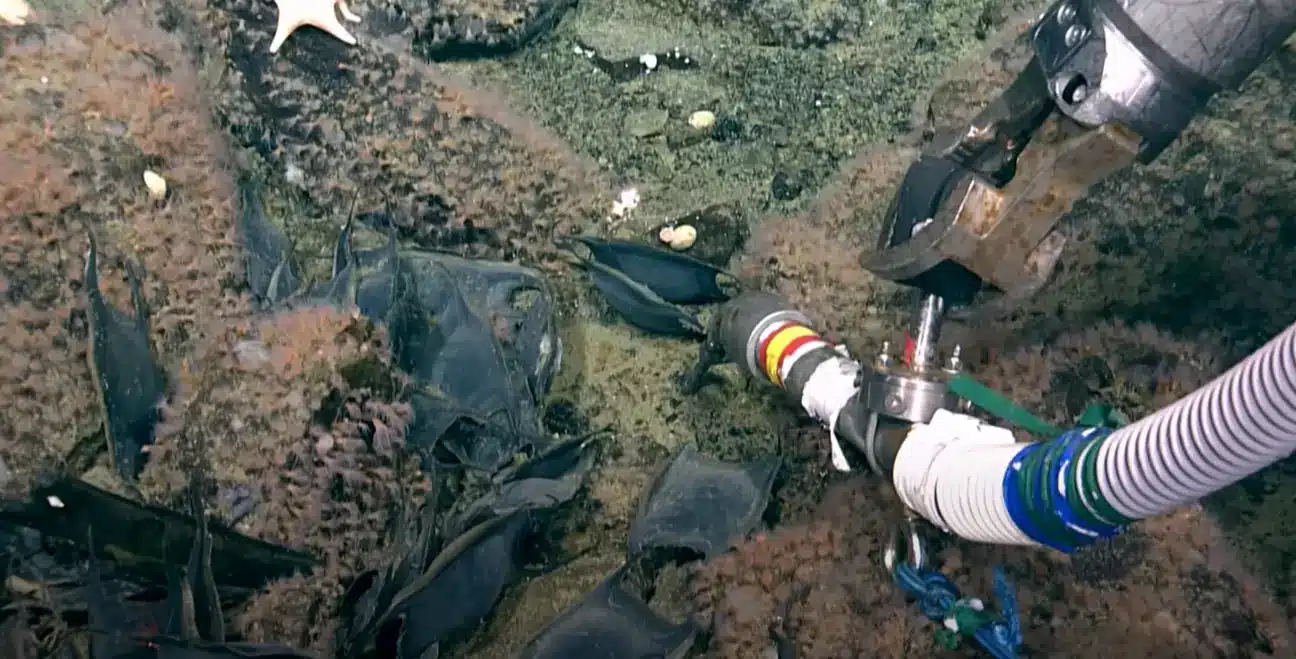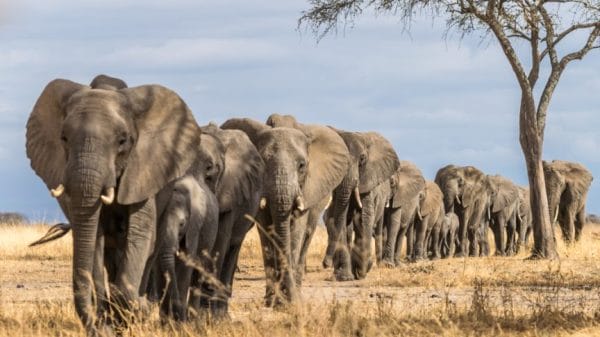When marine biologist Cherisse Du Preez led the Northeast Pacific Deep-sea Project (NEPDEP), she had no idea she was embarking on an “unprecedented” expedition that would leave her “speechless.”
Researchers focused on exploring the globally rare deep-sea ecosystems of Canada’s Pacific coast using a state-of-the-art remotely operated vehicle (ROPOS). This technology has allowed humans to investigate the once impenetrable deep-sea depths. One of the highlights of this expedition, made possible by ROPOS, was revisiting a Pacific white skate nursery they discovered in 2019.
What are skates?
Skates are fishes that look similar to stingrays. This makes sense, considering skates are closely related to sharks and rays. The Pacific white skate is the deepest-dwelling of the species, ranging from half a mile to two miles below the surface. Due to this fact, they are rarely seen, and not much is known about them. However, this just makes the NEPDEP’s discovery all the more exciting.

According to Du Preez’s 2023 NEPDEP wrap-up video the researchers were able to “obtain the first ever live footage of a Pacific white skate in the midst of laying an egg,” and they “now have evidence that more than one species of skate utilized this nursery ground.”
The discovery of the nursery
Scientists were baffled when the nursery was discovered as the ancient volcano they were investigating was long thought dormant. As dormancy leads to frigid waters not suitable for supporting most marine life, they weren’t expecting much. However, the scientists soon discovered this underwater volcano was still active.
The volcano was spewing hot mineral-rich fluid, attracting deep-sea corals and a plethora of animals, making the site the picture of life. One of the animals attracted to this rich environment was the Pacific white skate. Seeing as the only other skate nursery discovered was also near a source of heated water in the Galapágos Islands, this checks out. In an email to Live Science Du Preez theorized that “skate moms harnessed the volcanic warmth to incubate their eggs.”

Du Preez added that “it takes four years for the young to develop,” and “the warm water likely speeds up the gestation period of the eggs, resulting in more successful juveniles. The shallow summit of the seamount is almost a coral garden and a safe nursery for juveniles to grow before they descend to the deep — it’s a win-win.”
What did the nursery look like?
The Canadian nursery was overwhelming, and seeing as the one in the Galápagos Islands only sported a dozen or two eggs, it’s not difficult to understand why. In the email to Live Science, Du Preez said, “I’d estimate the summit of the seamount, which was covered in eggs, had — I don’t know — 100,000? A million?”
Not only were the skate eggs plentiful – they were large. Each egg ended up measuring about 18 inches across or 1.5 feet. These eggs have a fascinating shape as well. While some claim they look like ravioli, Du Preez mentioned they are known as ‘mermaid purses’ due to their rectangular shape making them look like little bags.
What will happen to the nursery now?
While researchers will continue to monitor the grounds, the nursery isn’t protected from human activity. Facing threats such as overfishing, deep-sea mining, and pollution.
As one of the main focuses of the NEPDEP’s expedition was to gather data to help inform marine conservation planning, Du Preez took the opportunity when writing to Live Science to stress the important role of functioning habitats to the health of nurseries and the ocean overall.














